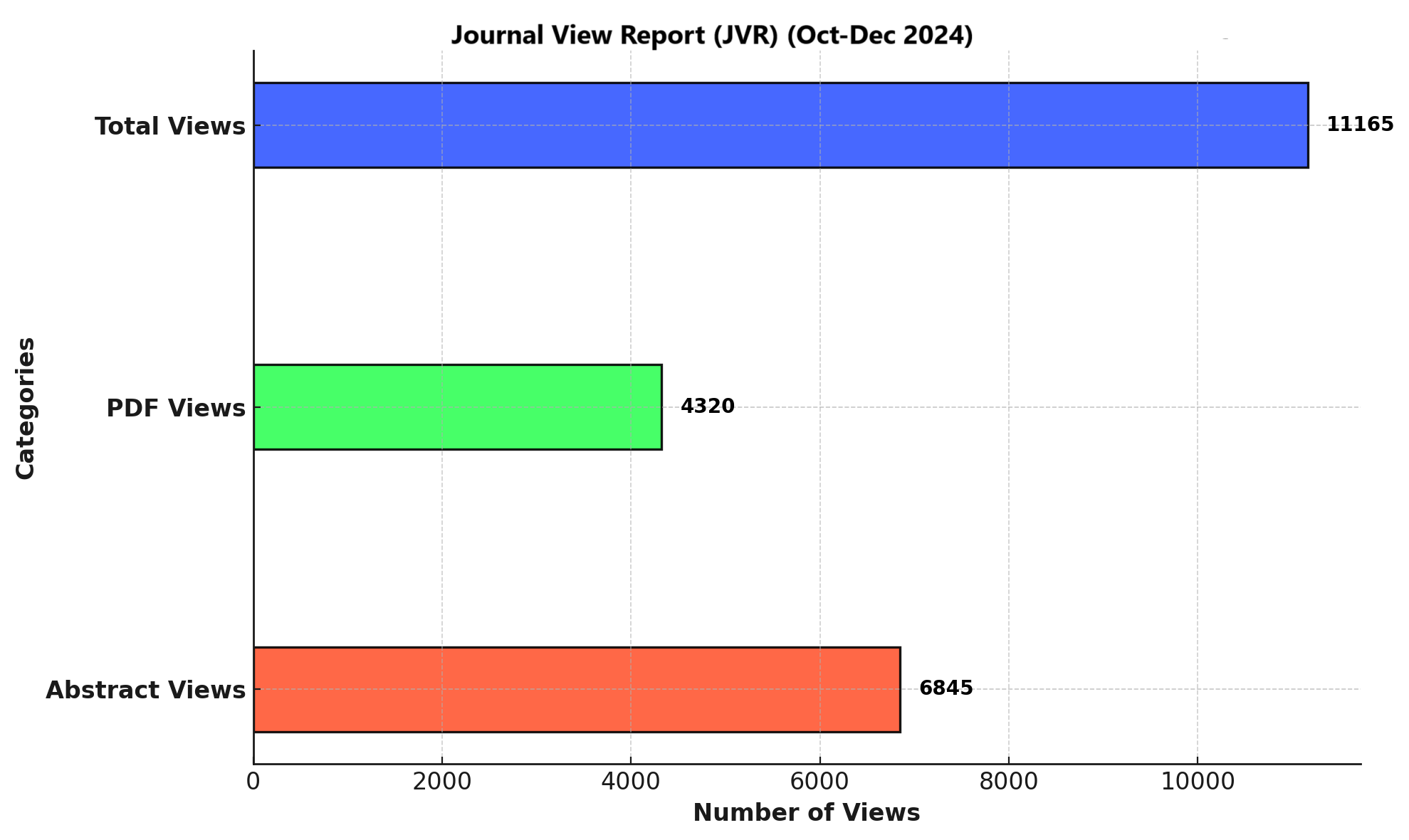ROLE OF LIVER BIOPSY IN THE DIAGNOSIS OF PROLONGED CHOLESTASIS IN INFANTS
DOI:
https://doi.org/10.71000/0tq22550Keywords:
Biliary atresia, Cholestasis, Diagnostic accuracy, HIDA scan, Histopathology, Infant, Liver biopsyAbstract
Background: Prolonged neonatal cholestasis is a critical condition requiring early differentiation between biliary atresia and neonatal hepatitis to ensure timely intervention. Biliary atresia necessitates surgical correction, whereas neonatal hepatitis is managed medically. Accurate diagnosis is essential to prevent delays in treatment and avoid unnecessary surgical procedures. Although hepatobiliary iminodiacetic acid (HIDA) scanning is widely used, its availability is limited in many settings. Liver biopsy with histopathological evaluation is considered a more definitive diagnostic tool. This study aims to compare the sensitivity, specificity, and diagnostic accuracy of HIDA scanning versus liver biopsy in infants with prolonged cholestasis.
Objective: To evaluate and compare the diagnostic accuracy of liver biopsy and HIDA scanning in differentiating biliary atresia from neonatal hepatitis in infants with prolonged cholestasis.
Methods: This prospective observational study was conducted at the Pediatric Department of Combined Military Hospital, Gujranwala, from January to December 2024. A total of 90 infants aged 15–180 days with prolonged cholestasis were included. All patients underwent both HIDA scanning and percutaneous liver biopsy. Sensitivity, specificity, positive predictive value (PPV), negative predictive value (NPV), and overall diagnostic accuracy of both modalities were calculated and compared. Statistical analysis was performed using SPSS version 26.0.
Results: The sensitivity of the HIDA scan for differentiating biliary atresia from neonatal hepatitis was 84.3%, specificity was 80.0%, PPV was 93.7%, and NPV was 59.3%, with an overall diagnostic accuracy of 87.7%. In comparison, liver biopsy demonstrated a sensitivity of 92.9%, specificity of 90.0%, PPV of 97.0%, and NPV of 78.3%, with a diagnostic accuracy of 94.4%.
Conclusion: Liver biopsy with histopathological confirmation exhibited superior diagnostic accuracy compared to HIDA scanning for differentiating biliary atresia from neonatal hepatitis. Given its higher sensitivity and specificity, liver biopsy should be prioritized, particularly in settings where HIDA scanning is unavailable or delayed.
Downloads
Published
Issue
Section
License
Copyright (c) 2025 Abdullah Akram, Sadaf Nawaz, Manal Zahid, Naeem Farid, Waseem Ahmed, Muhammad Shahan Anwar, Sher Afgan Raisani (Author)

This work is licensed under a Creative Commons Attribution-NonCommercial-NoDerivatives 4.0 International License.







